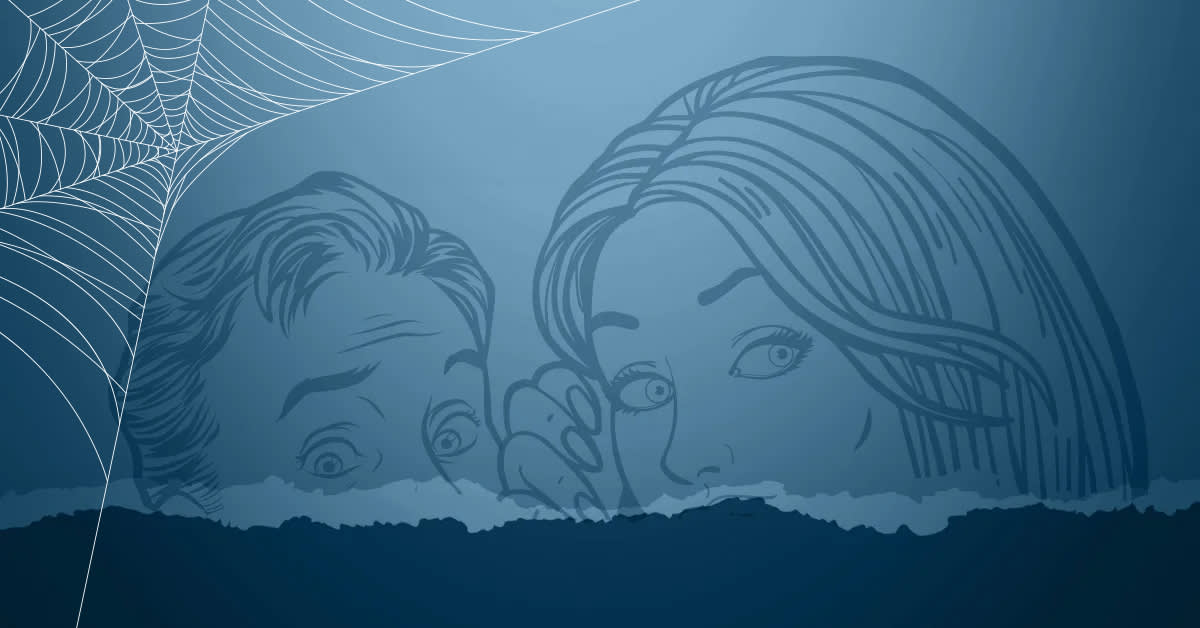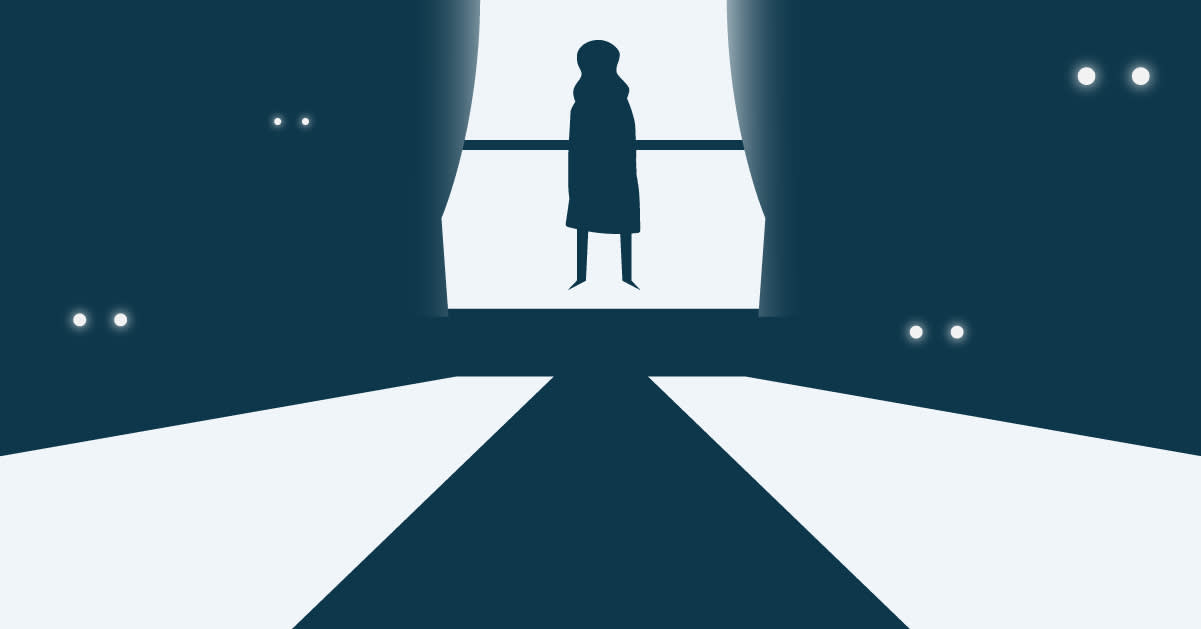Technically speaking, I don't believe in cryptids—but that's never stopped me from loving them! Give me a close-encounter memoir or paranormal podcast and I'm in for the ride, the wilder the better. And no mysterious creature looms larger than Bigfoot, so when I spotted a new survey of Sasquatch lumbering in the realm of nonfiction, I had to ask the author all about it. Here, John O'Connor gives us the big, hairy scoop on .
Kat Johnson: Let’s start with the big Bigfoot question: Are you a believer? How did working on this project influence your thinking in any direction?
John O’Connor: I’m a little reluctant to answer this directly because it’s a potential spoiler. I want listeners to discover the answer for themselves. But I don’t think it’ll take them long to figure it out. My beliefs become apparent pretty early on in the book. I hope it goes without saying that I think we should be guided by reason and rationality, and that Bigfoot doesn’t hold up well here. Challenges to reason are everywhere in public life today—unreason being one of the biggest challenges facing us—and I worry a lot in the book that Bigfoot isn’t doing us many favors in this respect. Of course, we all harbor strange beliefs, whether we realize it or not. In a sense, we’re hardwired that way. But we have to try to stay anchored to logic and verifiable fact.
At the same time, I don’t think we want to lose all contact with a more enchanted view of the world. Science only delivers us so much. People seem to need more than what reason allows, including very smart people. We want to be awed and mystified as much as, and possibly even more than, we want to see clearly. And that’s a central tension in the book, balancing these two competing sentiments: science and reason versus an almost spiritual sense of what’s possible. It was the hardest thing to grapple with because as much as I wanted to entertain possibilities and be open-minded, and as much as I wanted to be fair to my subjects and their beliefs, I found myself reflexively rolling my eyes a lot. And I think that kind of attitude can be dangerous too sometimes.
Say you’re at a party talking to a skeptical type, someone suspicious of anything not verified by science. How do you explain The Secret History of Bigfoot to them?
Well, first I’d be sympathetic, because that person is me. I’m a skeptic. As I ask in the book, how is it remotely possible that an 800-pound mammal can survive undetected in the American wilds, or for that matter in the American exurbs, as some Bigfooters contend? There’s no real evidence to speak of—no good videos or photographs at a time when virtually every person on Earth has a high-quality camera in their pocket. There’s no bones or Bigfoot remains. What’s up with that?





